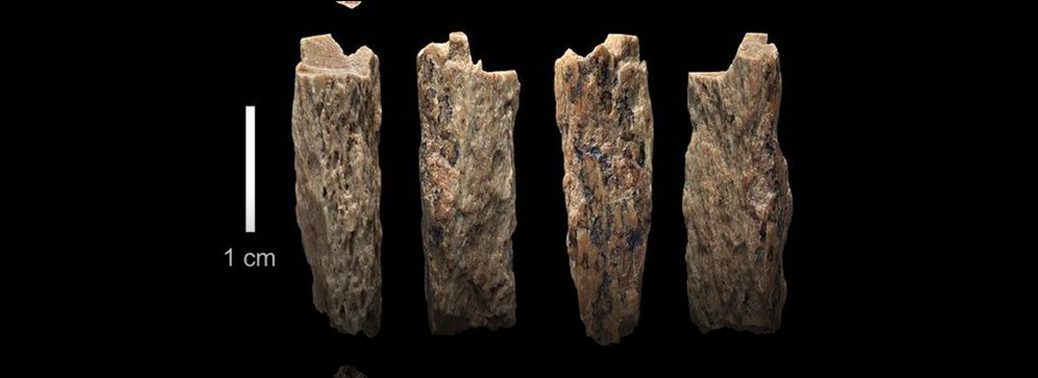DNA Reveals First Inter-Species Child
26, Aug 2018

Prelims level : Health
Mains level :
Why in news?
- Denny’s mother was a Neanderthal, but her father a Denisovan, a distinct species of primitive human
About Denny:
- Her mother was a Neanderthal, but her father was Denisovan, a distinct species of primitive human that also roamed the Eurasian continent 50,000 years ago, scientists reported.
- Nicknamed by Oxford University scientists, Denisova 11 — her official name — was at least 13 when she died, for reasons unknown.
First direct link:
- There was earlier evidence of interbreeding between different hominin, or early human, groups, said lead author Viviane Slon of Evolutionary Anthropology. But this is the first time that they have found a direct, first-generation offspring.
- Denny’s surprising pedigree was unlocked from a bone fragment unearthed in 2012 by Russian archeologists at the Denisova Cave in the Altai Mountains of Siberia.
- Analysis of the bone’s DNA left no doubt: the chromosomes were a 50-50 mix of Neanderthal and Denisovan, two distinct species of early humans that split apart between 4,00,000 to 5,00,000 years ago.
Early humans:
- Worldwide, fewer than two dozen early human genomes from before 40,000 years ago — Neanderthal, Denisovan, Homo sapiens — have been sequenced, and the chances of stumbling on a half-and-half hybrid seemed vanishingly small.
- The very fact that we found this individual of mixed Neanderthal and Denisovan origins suggests that they interbred much more often than we thought.
- A 40,000-year-old Homo sapiens with a Neanderthal ancestor a few generations back, recently found in Romania, also bolsters this notion. But the most compelling evidence that inter-species hanky-panky in Late Pleistocene Eurasia may not have been that rare lies in the genes of contemporary humans.
- About 2% of DNA in non-Africans across the globe today originate with Neanderthals, earlier studies have shown.
- Denisovan remnants are also widespread, though less evenly. We find traces of Denisovan DNA — less than 1% — everywhere in Asia and among native Americans. “Aboriginal Australians and people in Papua New Guinea have about 5%.”
- Taken together, these facts support a novel answer to the hotly debated question of why Neanderthals — which had successfully spread across parts of western and central Europe — disappeared some 40,000 years ago.






